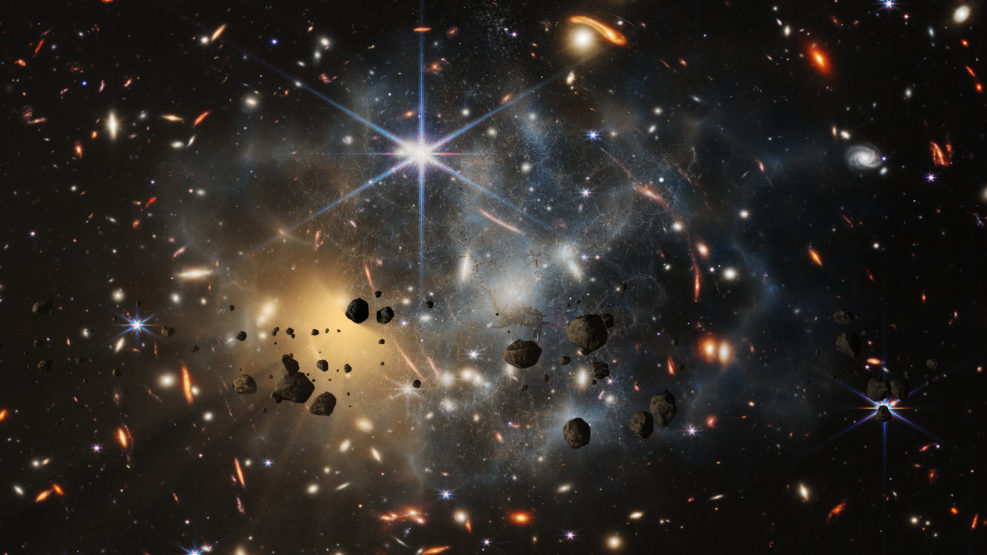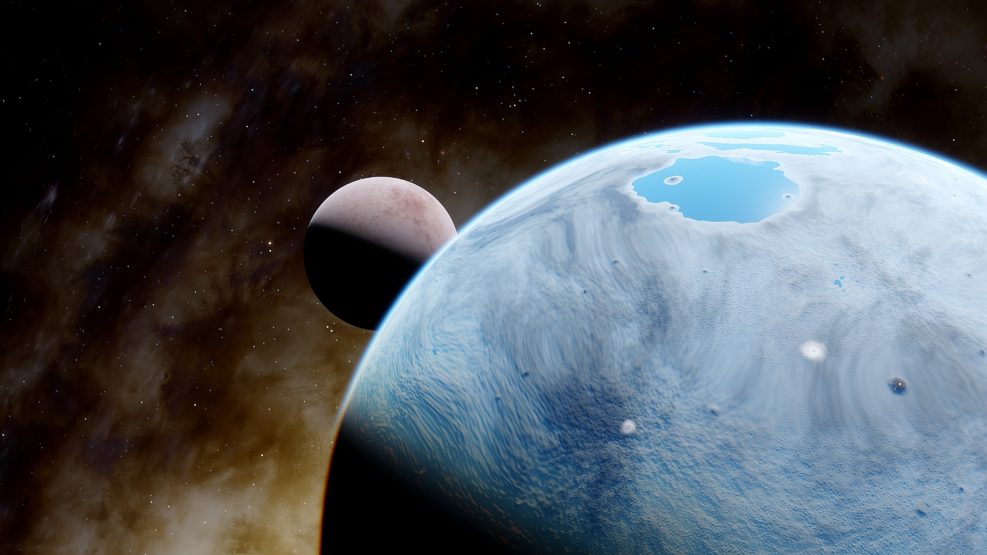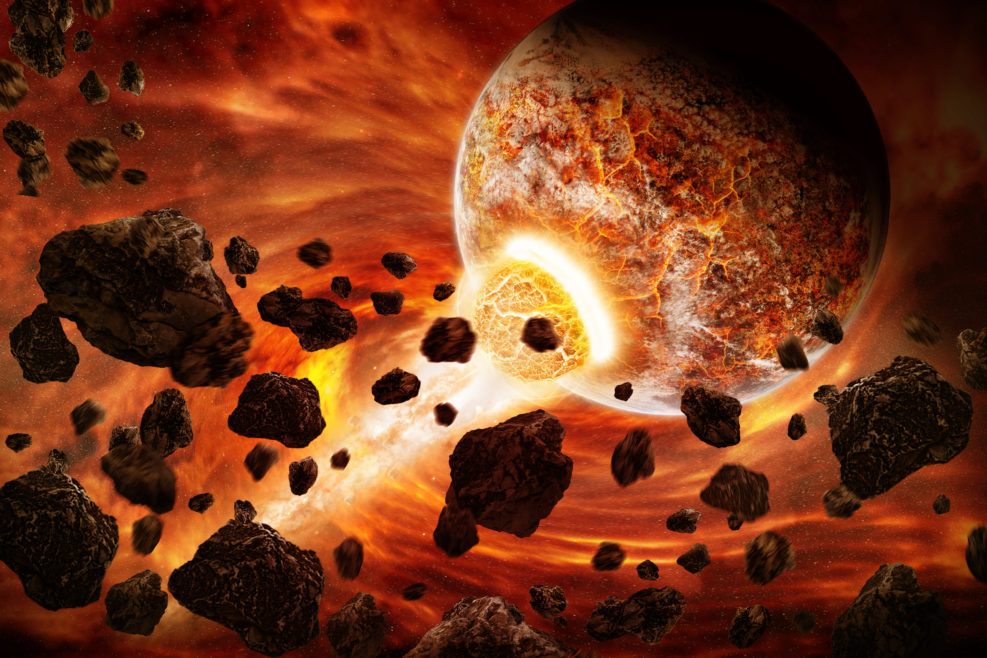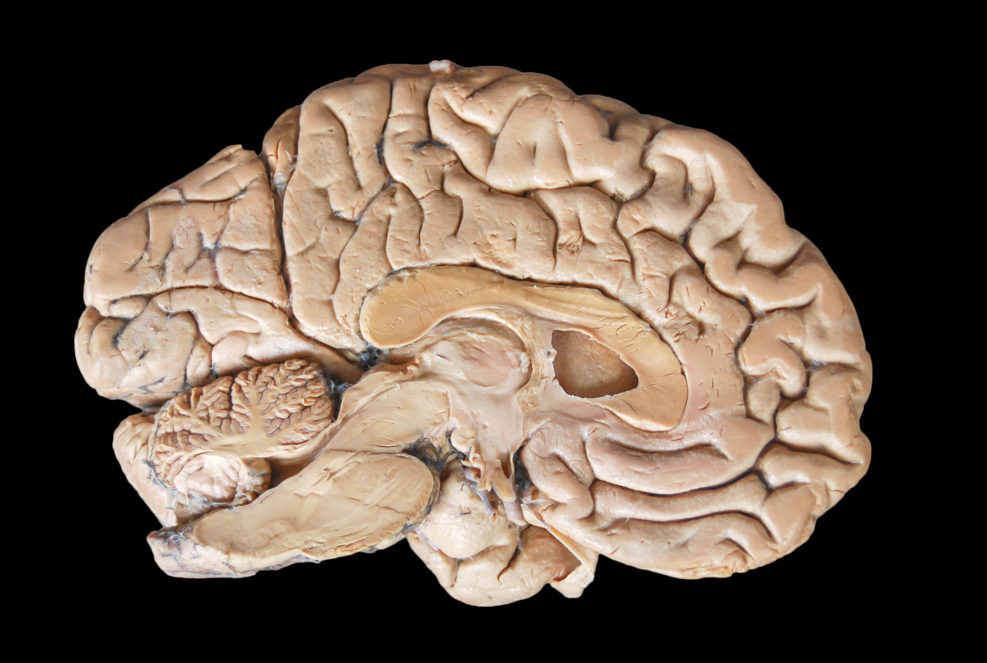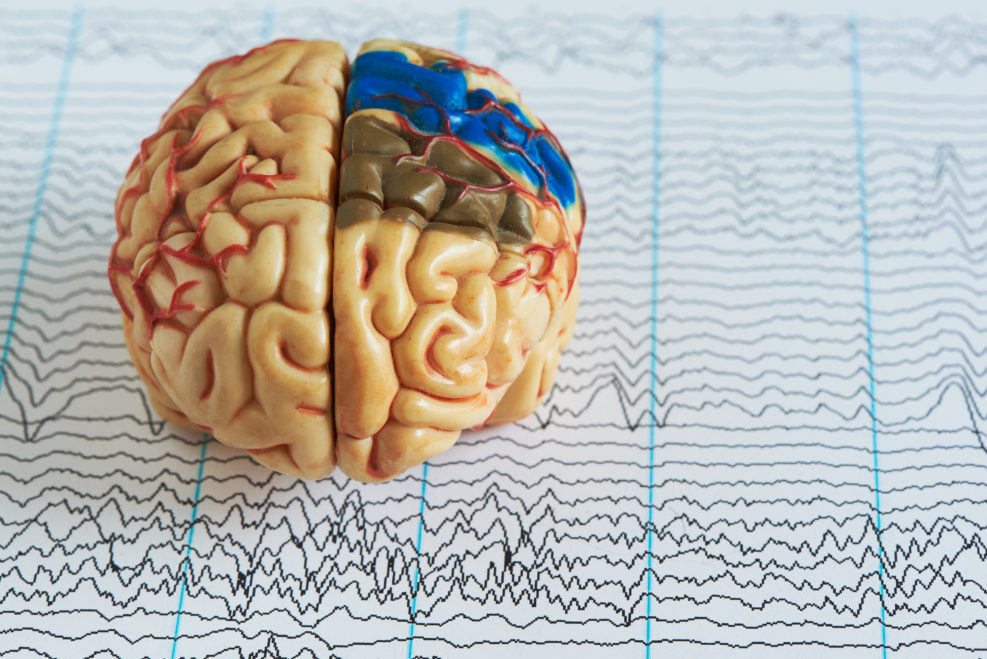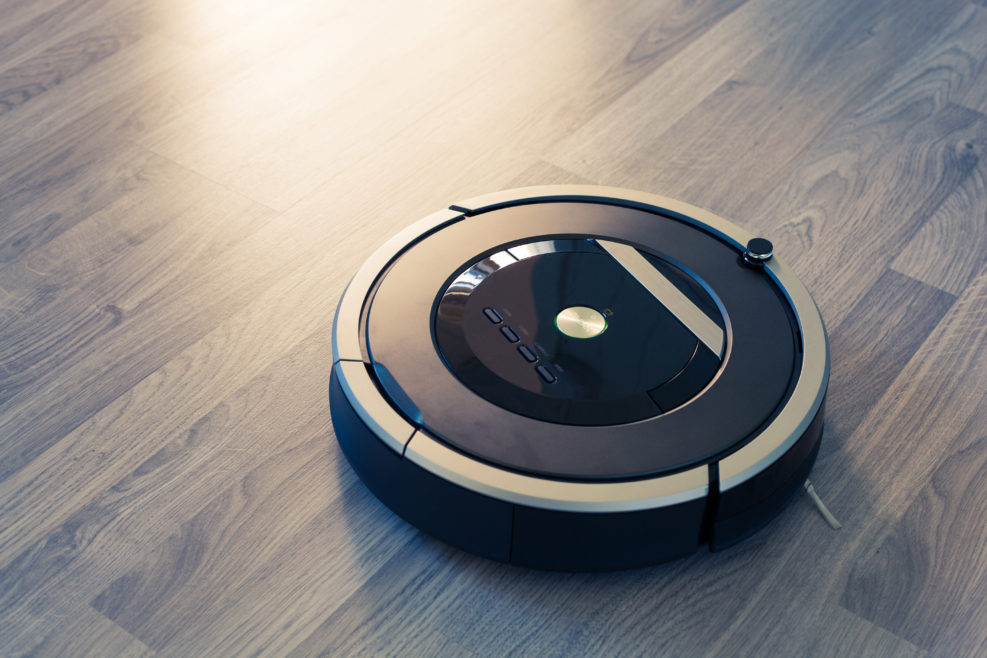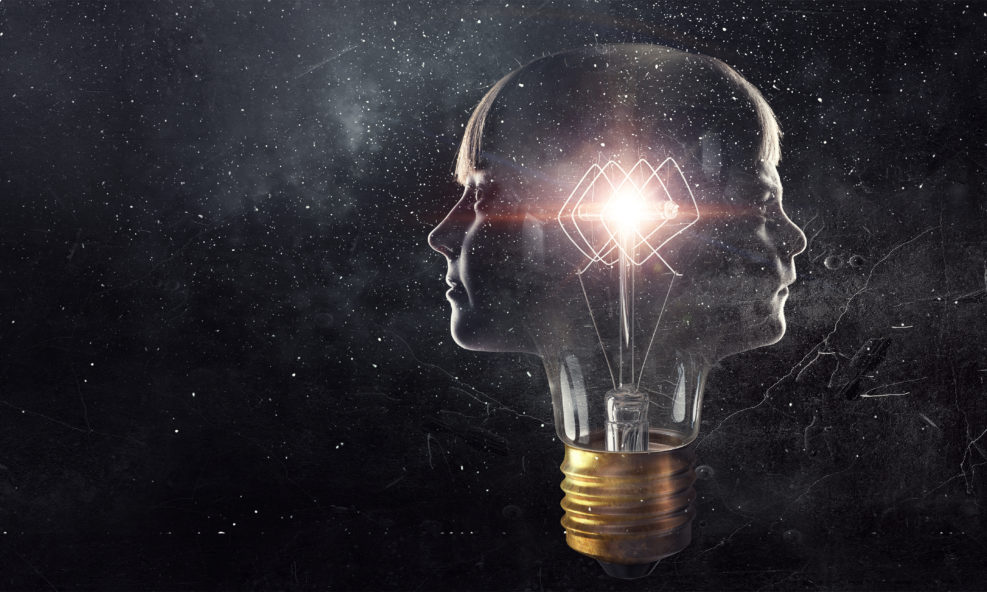
How Fine Tuned Was Our Universe’s Debut? The Mind Boggles.
All the details that were there at the beginning and all work together… The math is amazing. Steve Meyer explainsIn this third portion of a talk at the Dallas Conference on Science and Faith (2021), philosopher Stephen C. Meyer discusses the fact that our universe is fine tuned for life in smaller as well as larger ways — that’s remarkable. We could call it “finer fine-tuning,” perhaps. Dr. Meyer, author of The Return of the God Hypothesis (Harper One, 2021), reflects on the physics and the physicists. (A sample of the book is here.) This is the third of four portions of the transcript of the talk. The first is here and the second here. Tom Gilson is the moderator of the podcast: https://episodes.castos.com/id/91f5535b-1f52-41d8-ab90-d87ff21a6be1-IDTF-1632-StephenMeyer-God-Multiverse.mp3 Stephen C. Meyer: There are two basic types of fine tuning physicists talk about. One Read More ›
